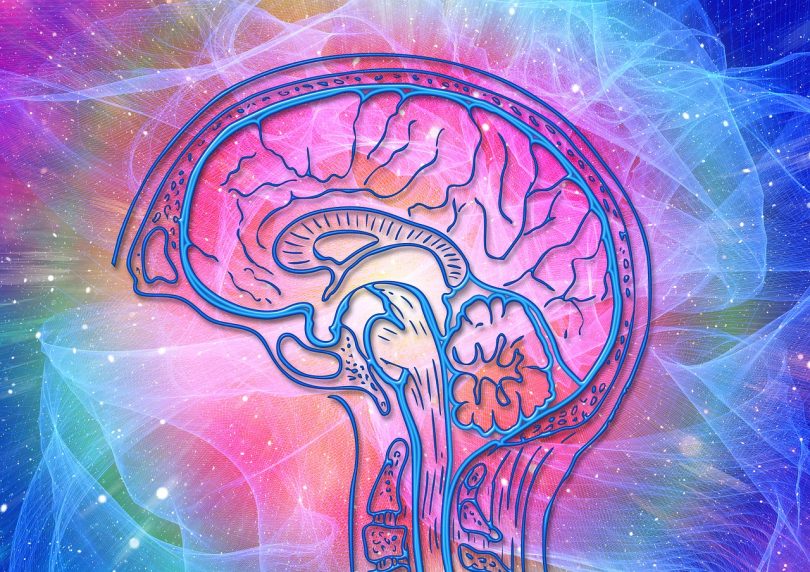Rapid Transformational Therapy (RTT®) has enormous application for any and all presenting problems, whether they be behavioural, physiological, emotional or psychological. Working with addiction in any form, achieving ideal weight, or eating disorders are just some examples of desired areas for behavioural change. These types of issues are rarely solved by approaching the surface problem, the addiction, food consumption or diet, however. Nor by trying to solve it in a “conscious” way, with either a stick or carrot approach. By entering the unconscious, however, we can learn how and why the problem showed up. By doing this we can quickly and effectively treat it.
The conscious mind
Think of it this way. Using our conscious mind is like working on our computer. Doing day-to-day surface work like typing an email or working on a spreadsheet is the conscious mind. Trying to motivate ourselves to behave better is a lot like this. It can be largely superficial. Working consciously on such behaviours in isolation simply doesn’t work. Heard the all-too common problem of yoyo dieting? Or the saying “once an addict, always an addict”?
The Subconcious Mind
Accessing the sub-conscious mind is like accessing files hidden behind the front end. The data is a little harder to find, but we can use software to read it. That software sends the email or does the calculations on the spreadsheet, and it’s a metaphor for the sub-conscious mind. Like accessing the documents organised in folders, memories start to give us clues about what might be going on. Why we might be stuck in a certain way. Traditional therapy usually works on this level. Discussing old, often painful memories, over and over and over again.
The Unconscious mind
And then finally there’s the unconscious mind. This is the operating system hidden deep under the surface. This is where all the programming is. It’s this unconscious part that very often remains unchanged since childhood. Every memory, event and experience are stored in the unconscious mind. But without an update this old operating system won’t work with the latest software. And it’s here where the origins of our presenting problems may well be hiding. Often memories we may not have had for years and years, obscuring the interpretation of events which served us then, but no longer serve us today. That is when we need to do some recoding of the program. And this is what Rapid Transformational Therapy (RTT®) does.
We may never have accessed these memories before, but the mind finds them easily and knows exactly why they’re there. And when we re-interpret them, that’s when we make a breakthrough. That’s when we can create exactly the unique new operating system we want. Breakthroughs make our mind expand. And an expanded mind can never go back to its original size again.
When clients present with problems, the beliefs and meanings they assigned to experiences they had as a child, or even into adulthood, are still being followed. Being unable to access the unconscious mind means staying stuck, responding in ways that no longer help. And when it comes to matters of survival, connection and avoiding rejection, the mind will work very hard on our behalf to maintain a situation it thinks we still want.
There are many fascinating ways the mind works to protect us, to create the significance we need to feel in order to feel safe and that we belong. Unconscious in the deepest part of our brain, these fascinating ways invariably remain hidden from our conscious thought and awareness. Only through opening the gateway to the sub-conscious can we hope to gain further access to the deepest level of all, the unconscious mind. Through the help of someone trained we can access the unconscious mind, re-interpret the events and upgrade the blueprint, our operating system.



